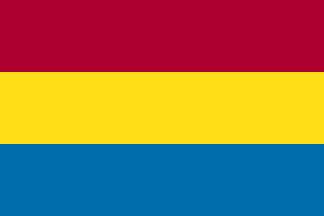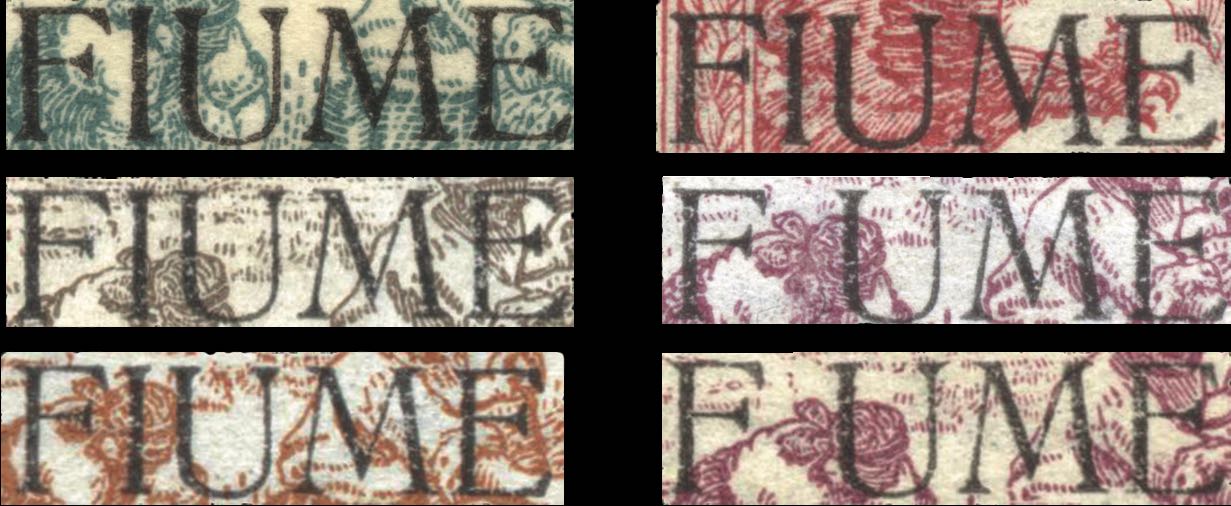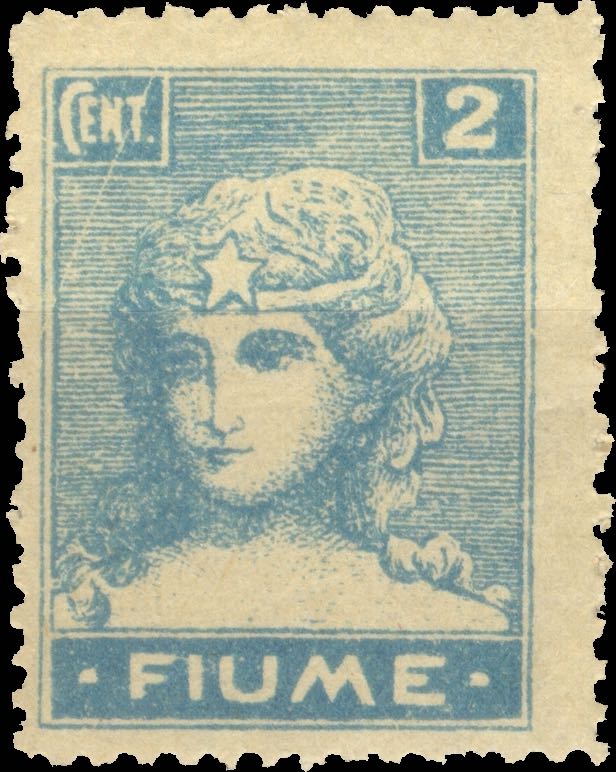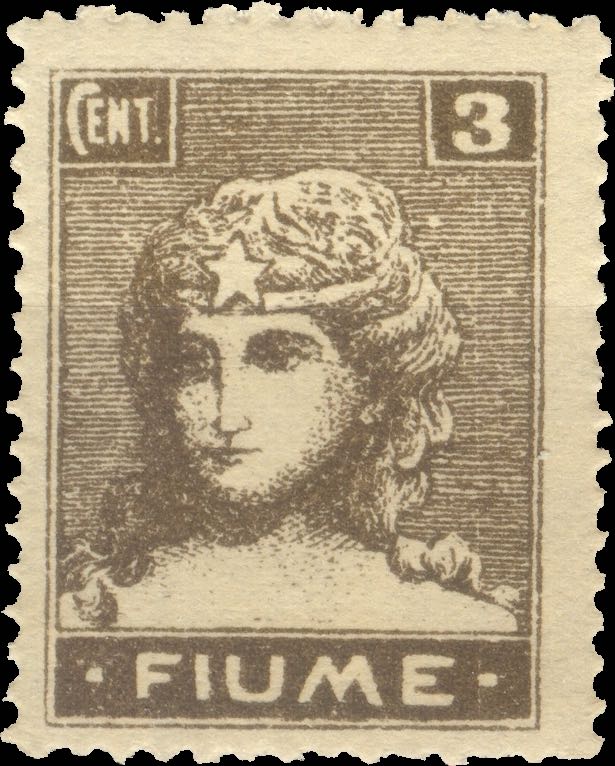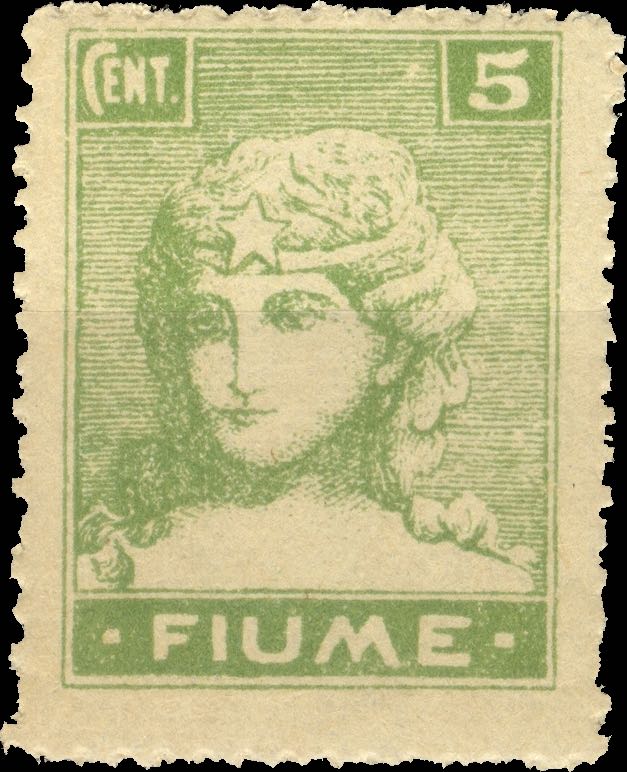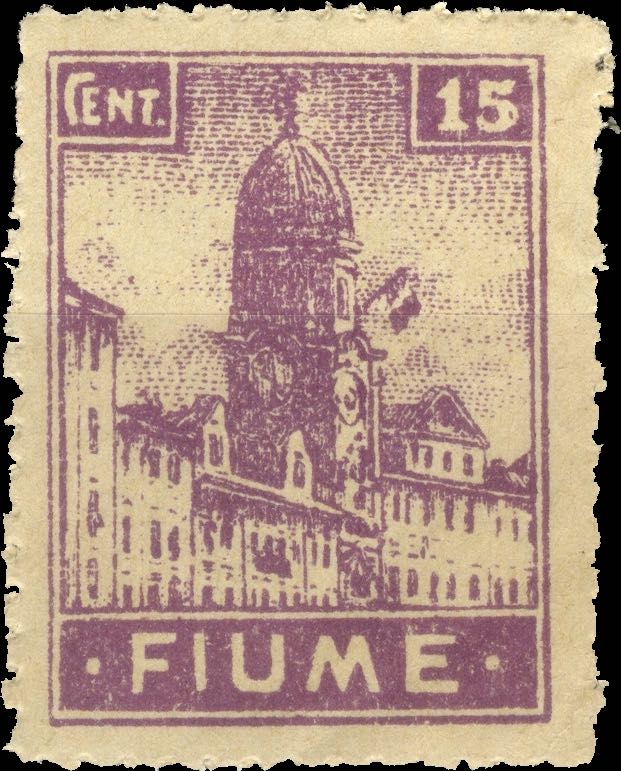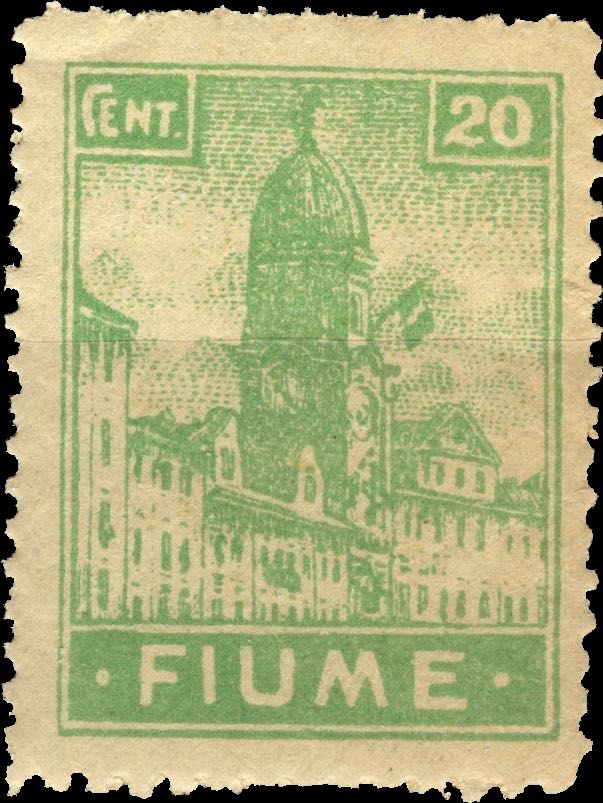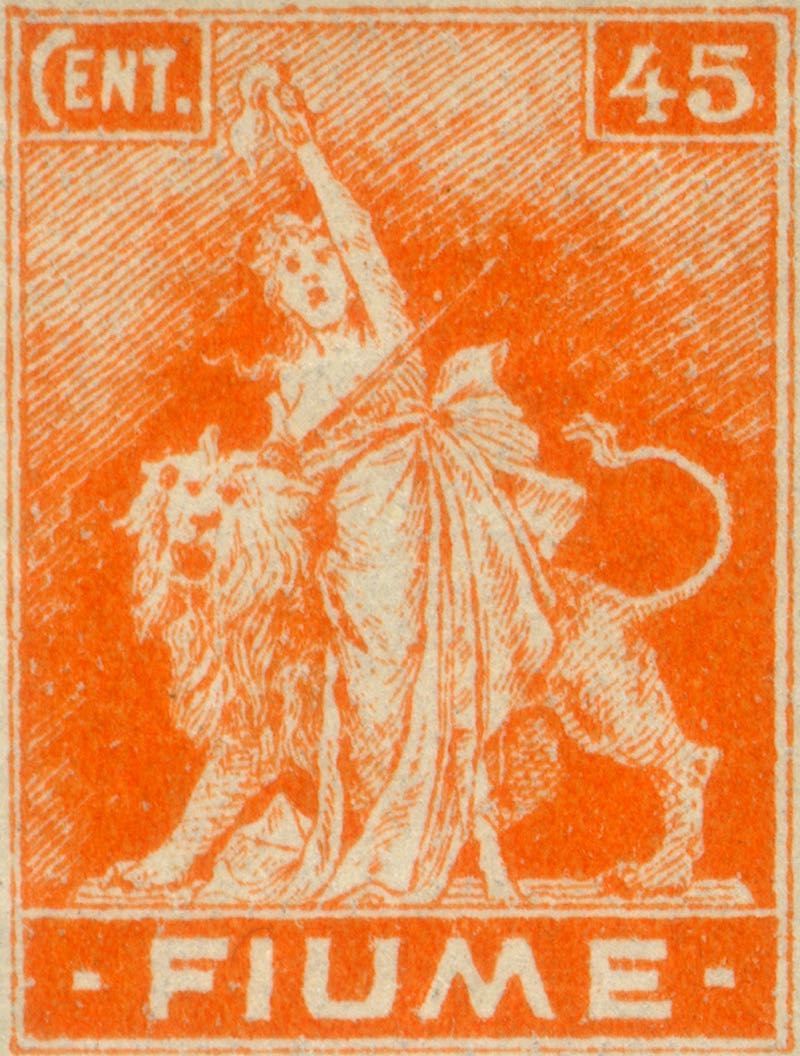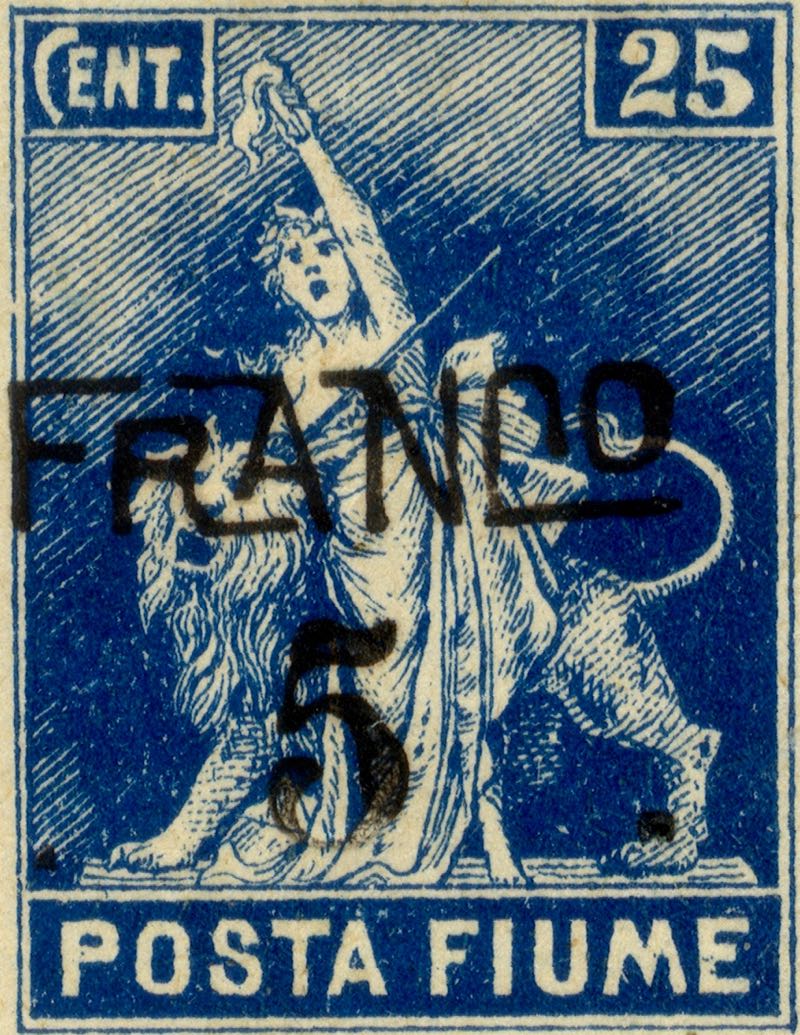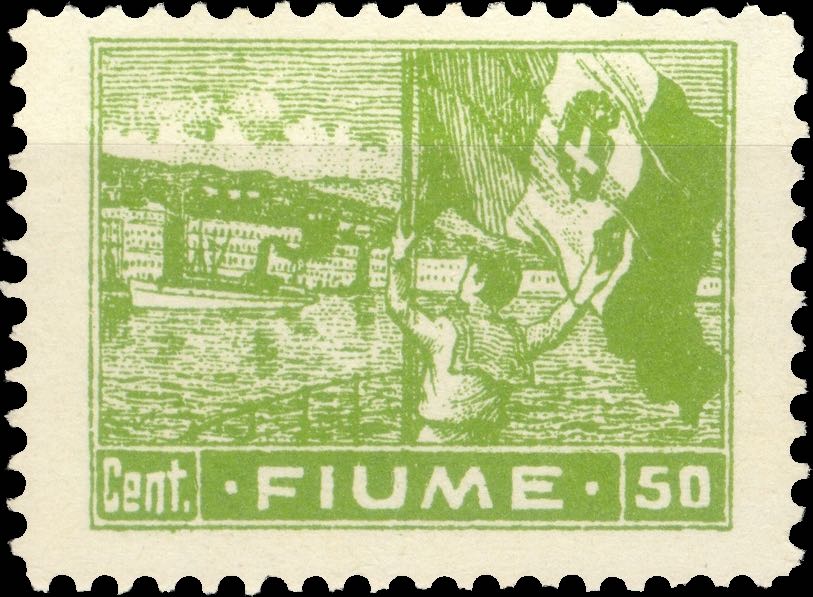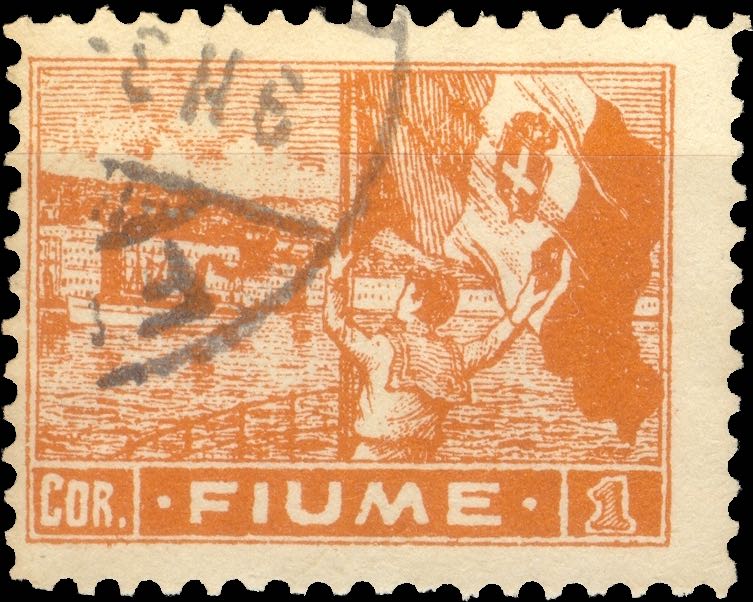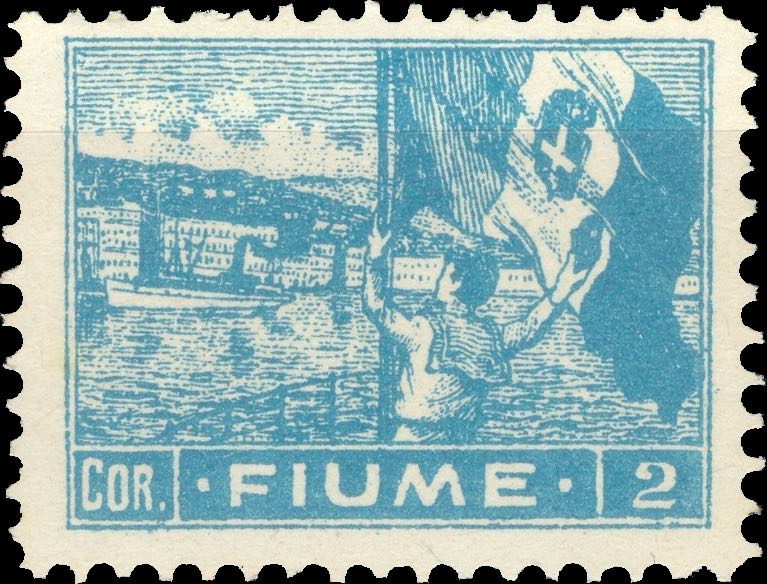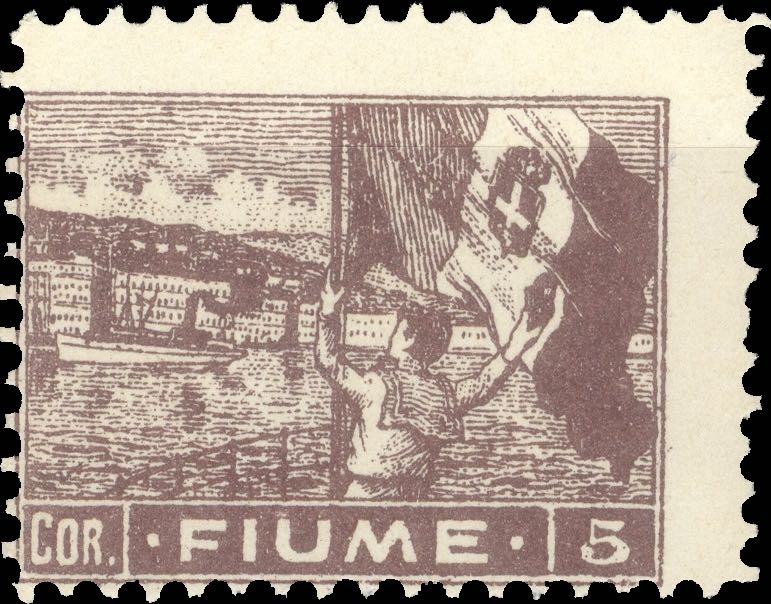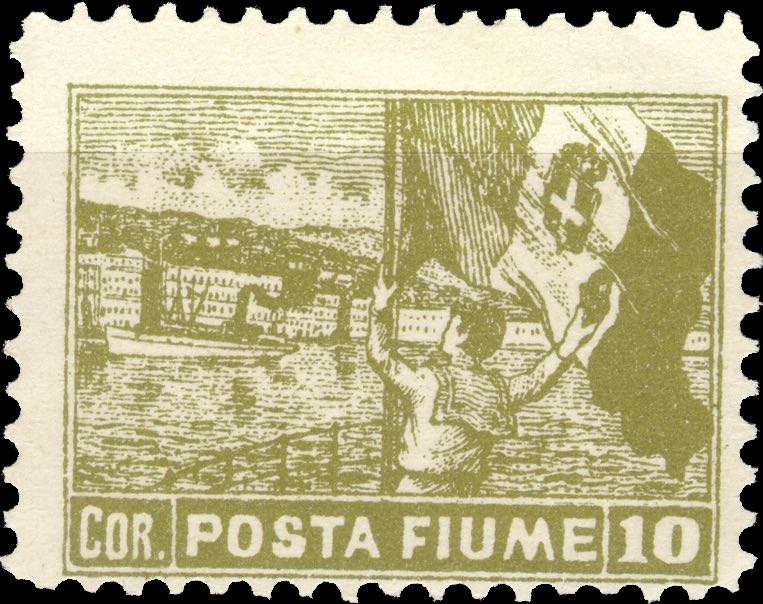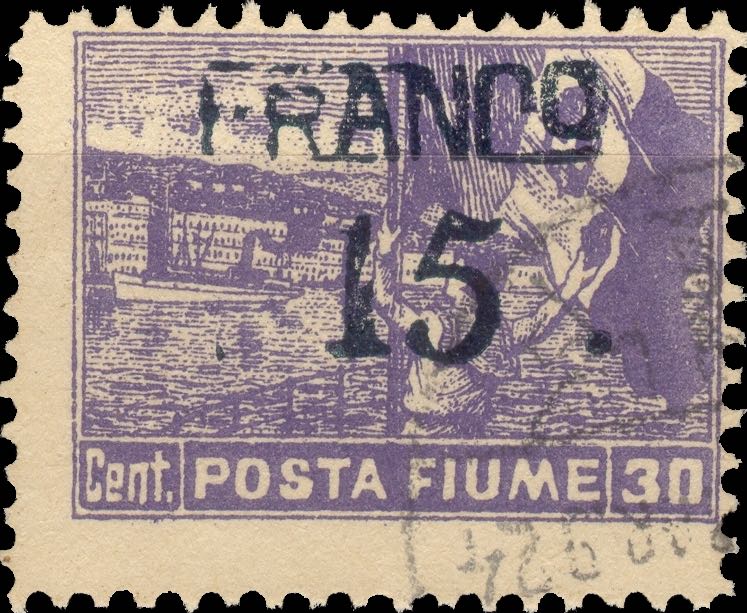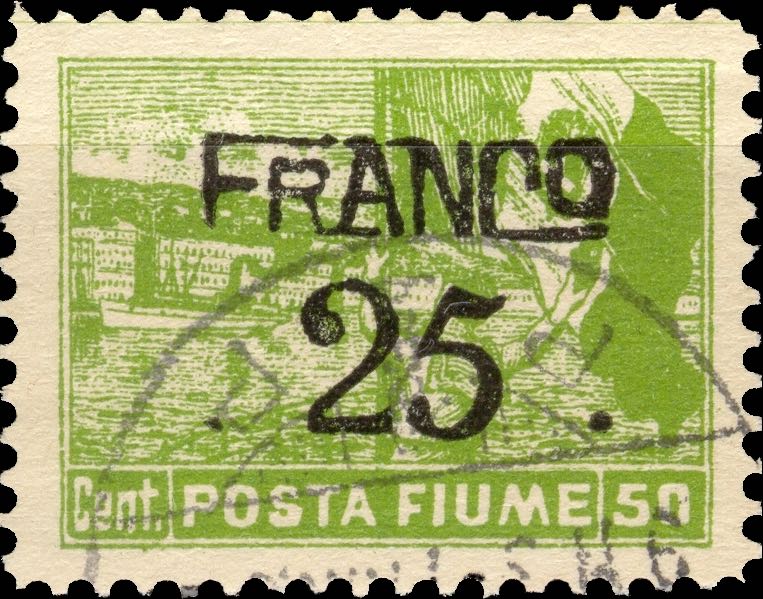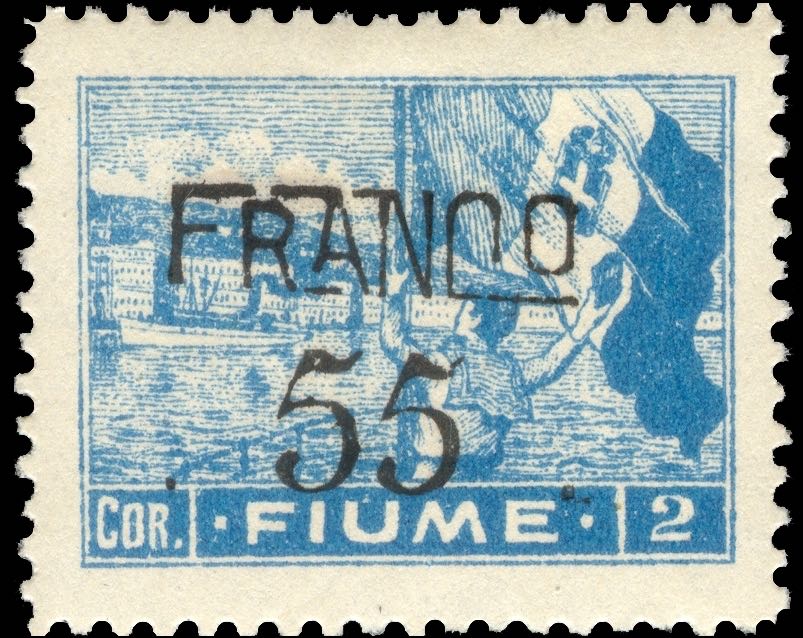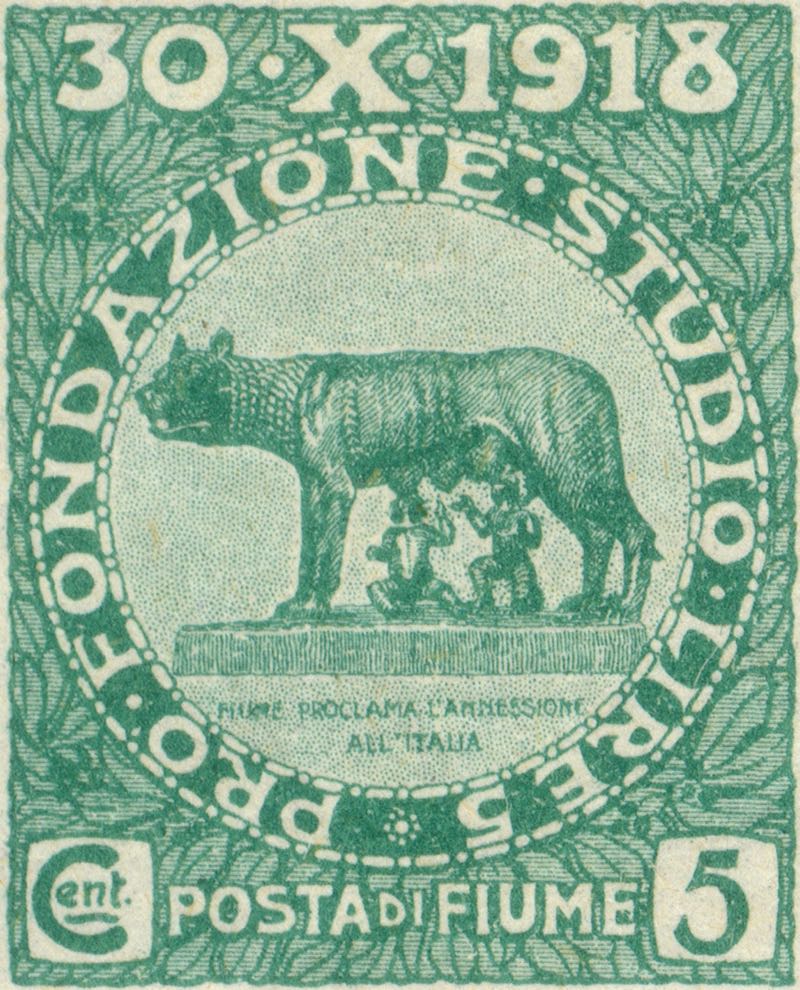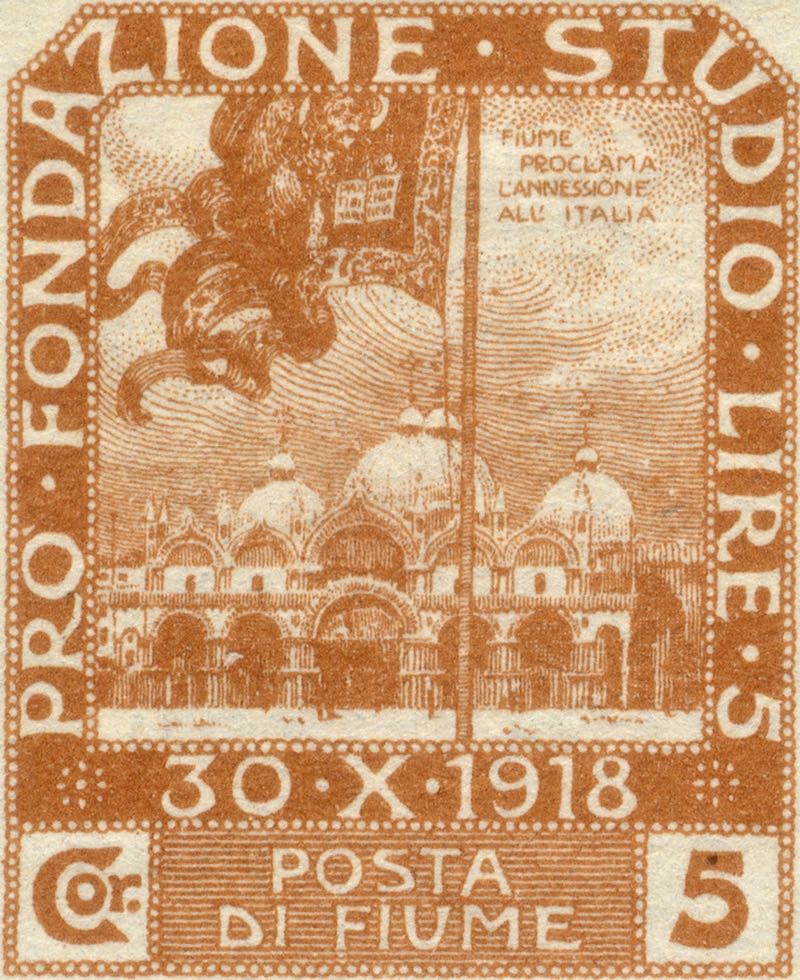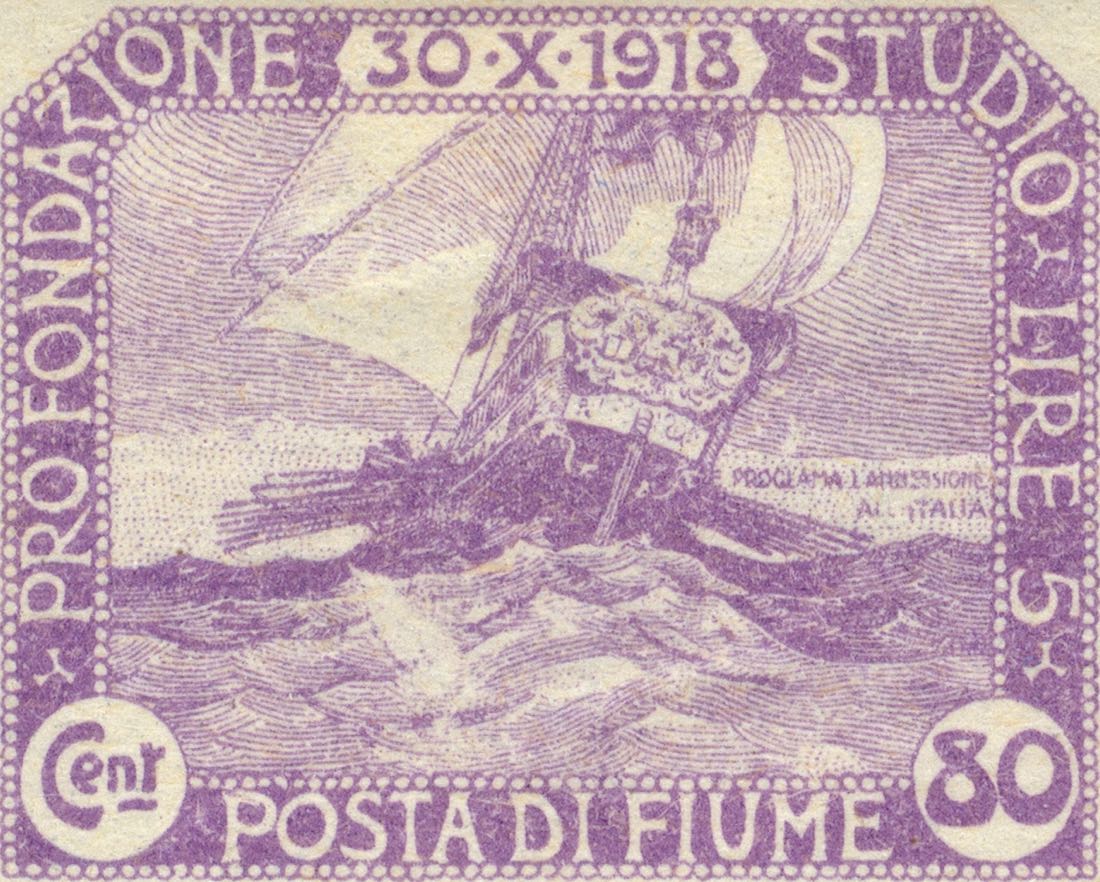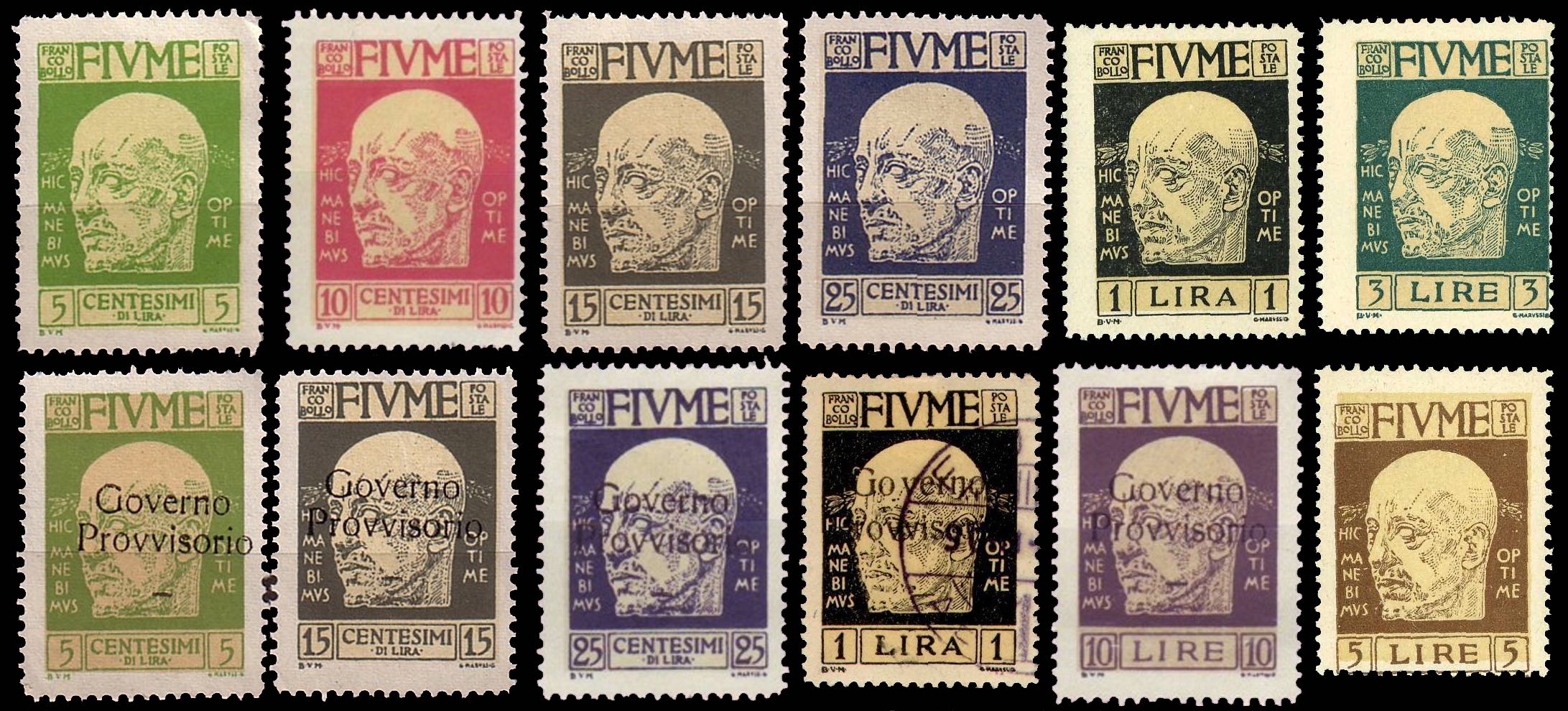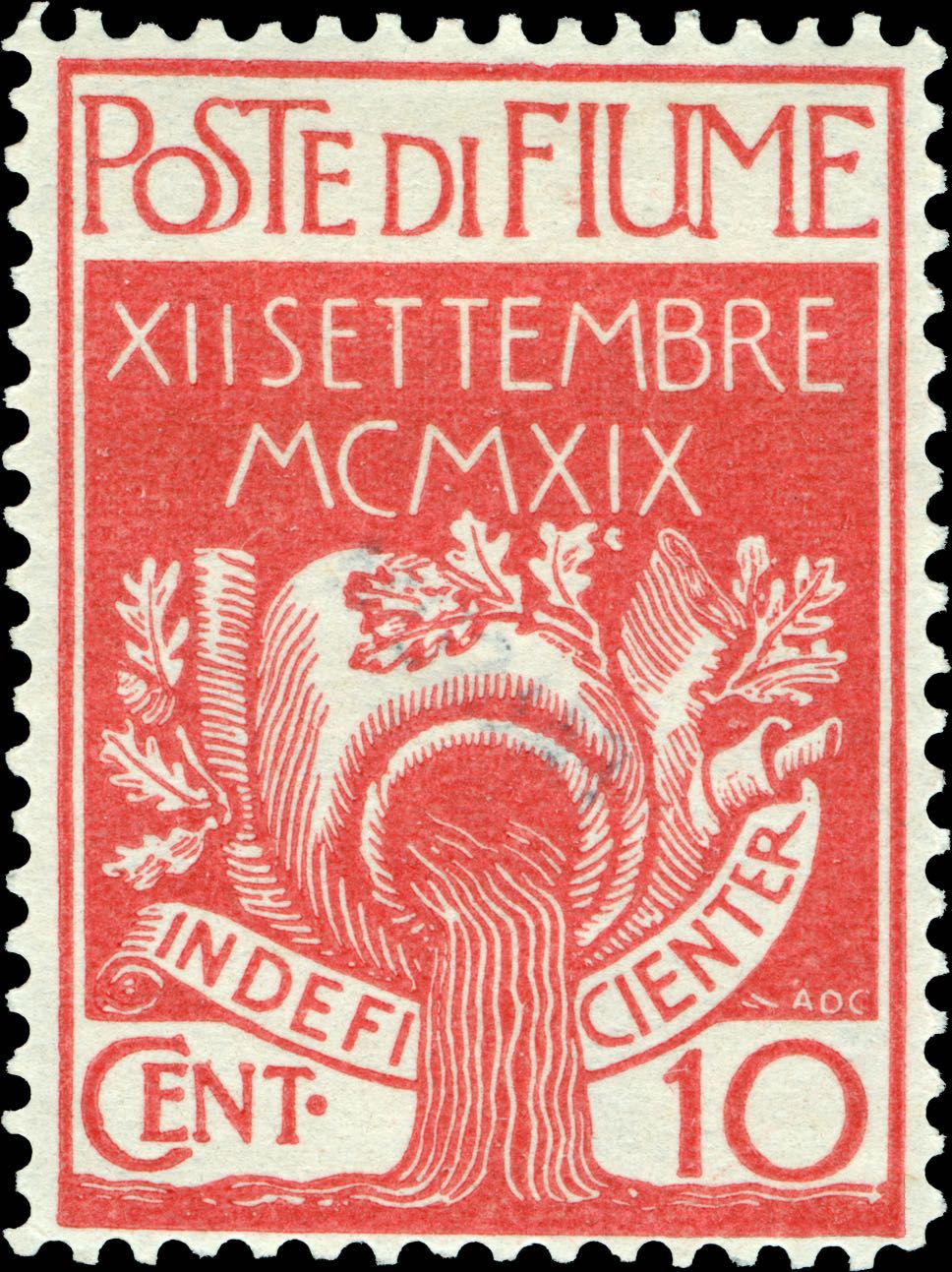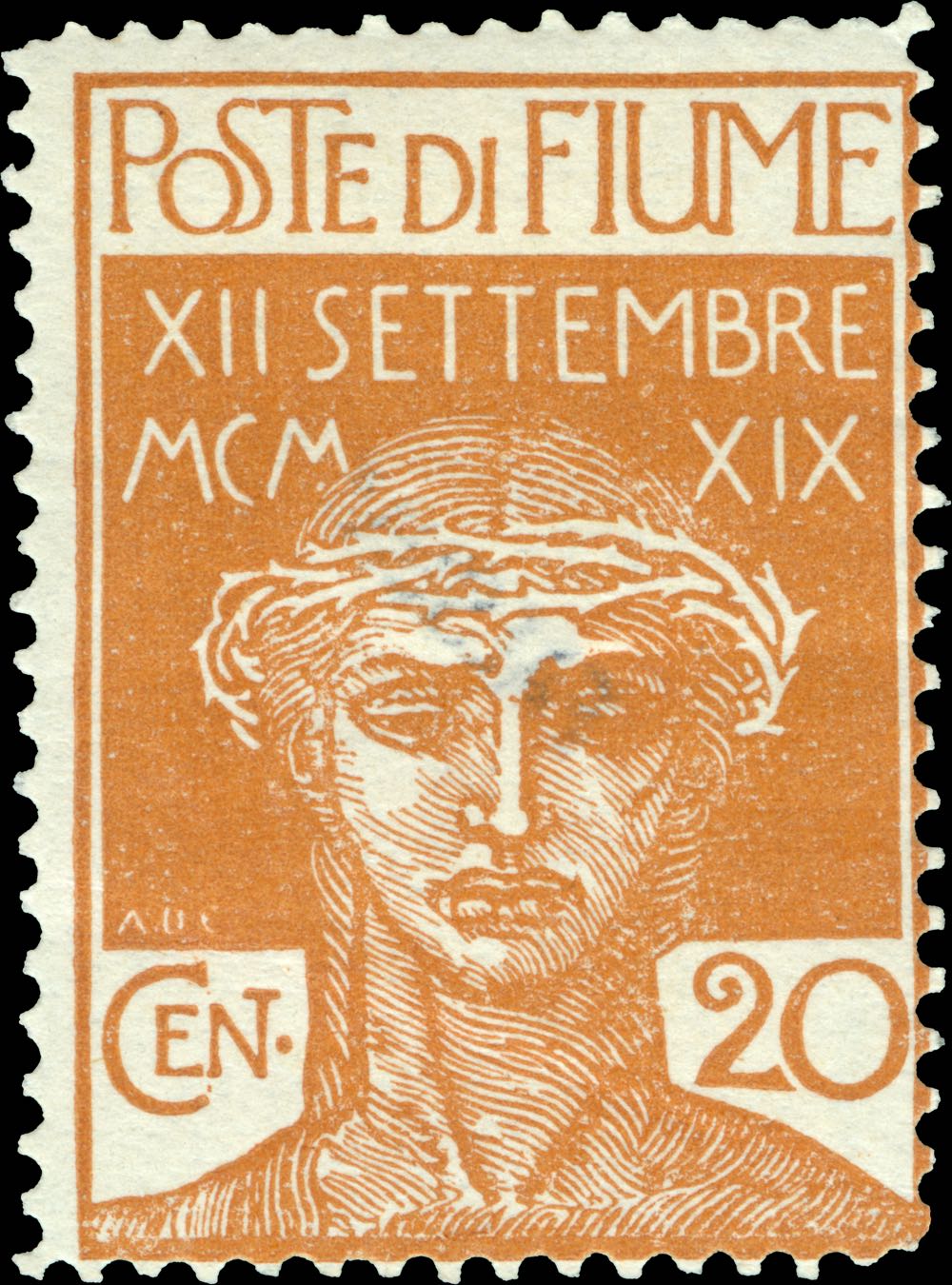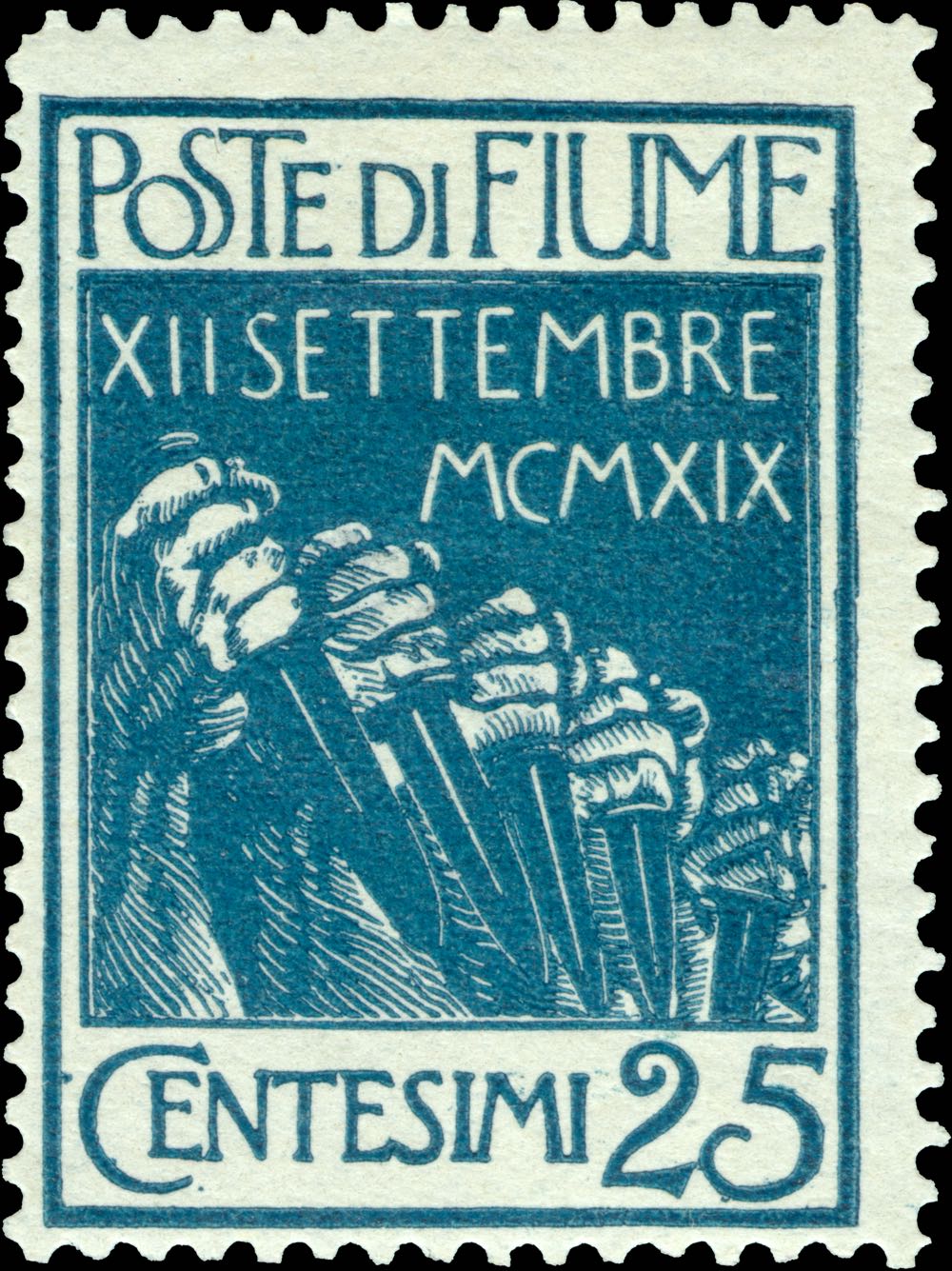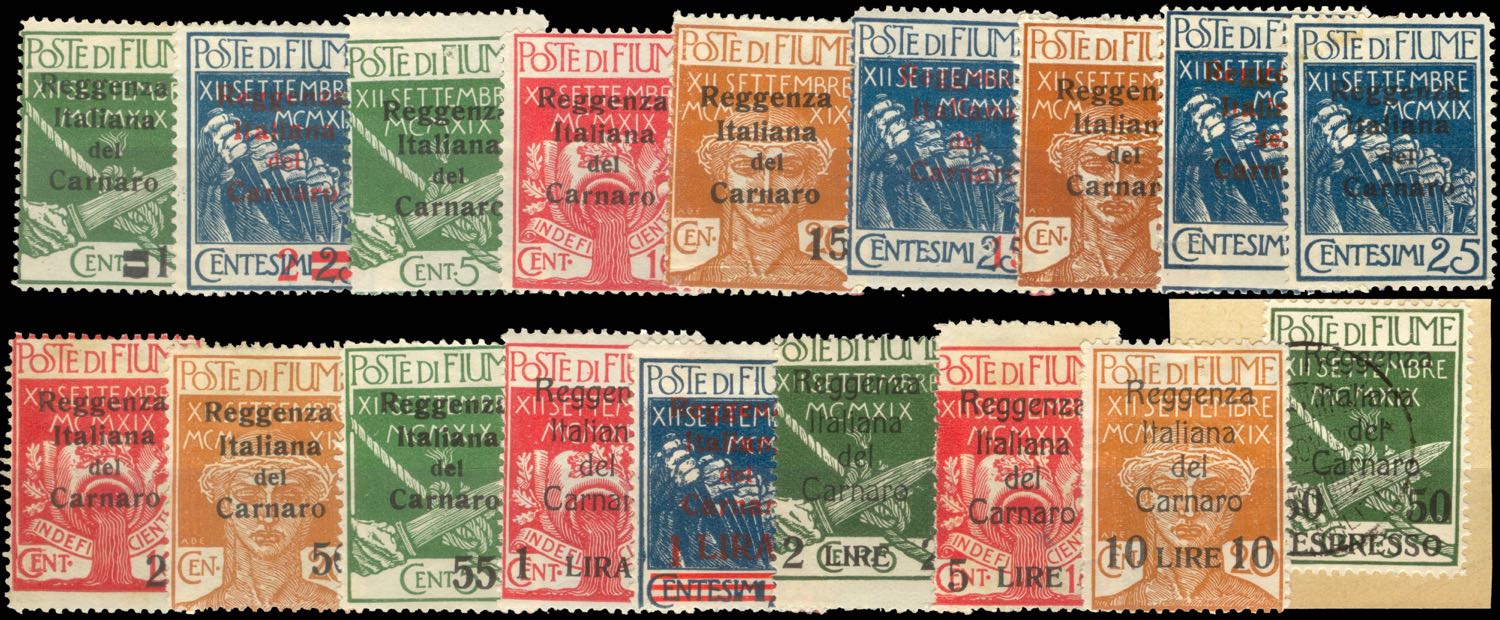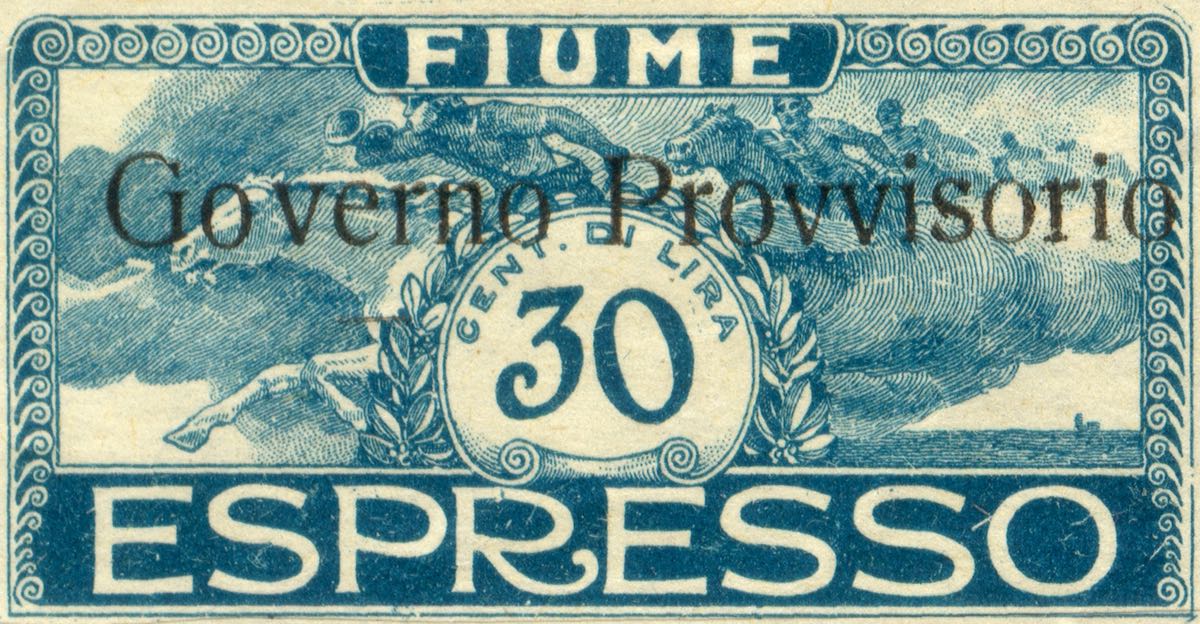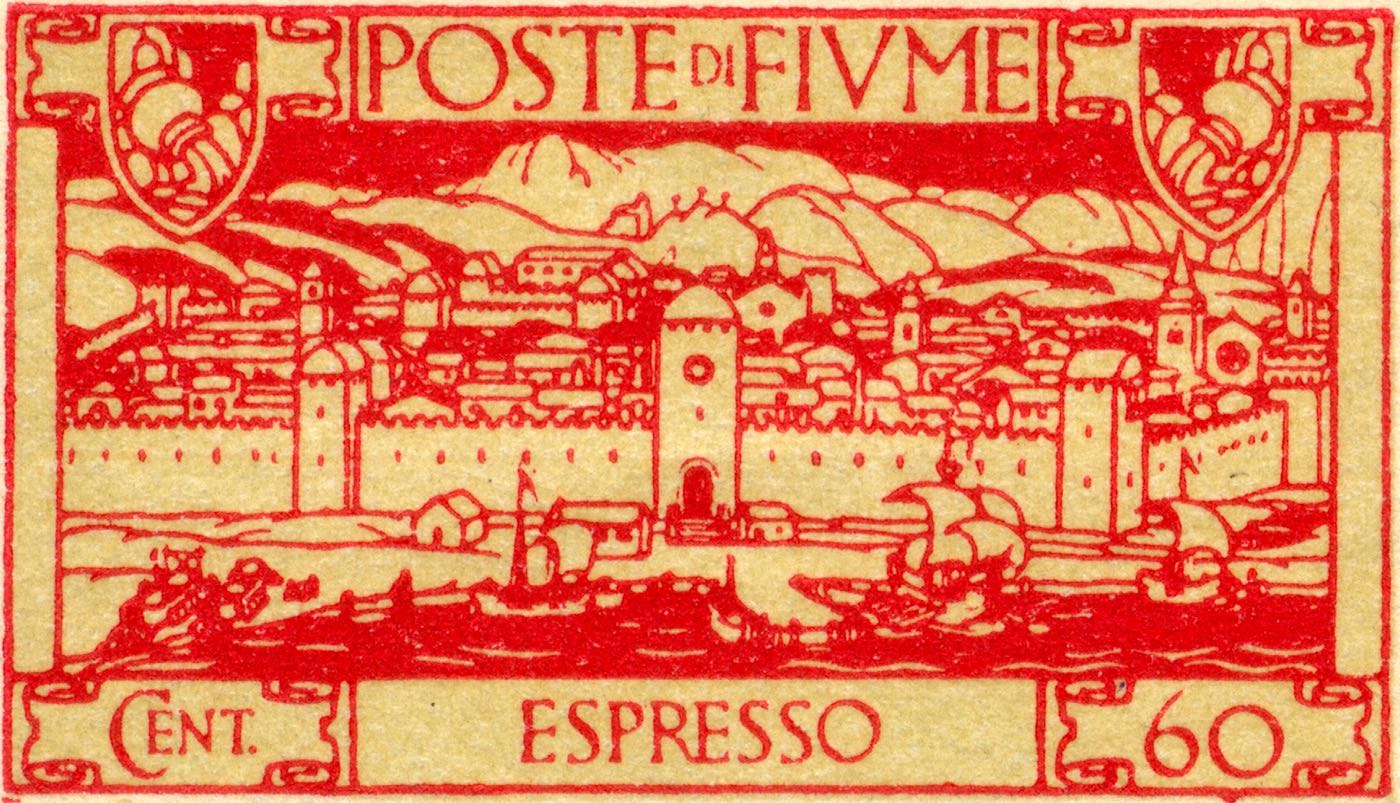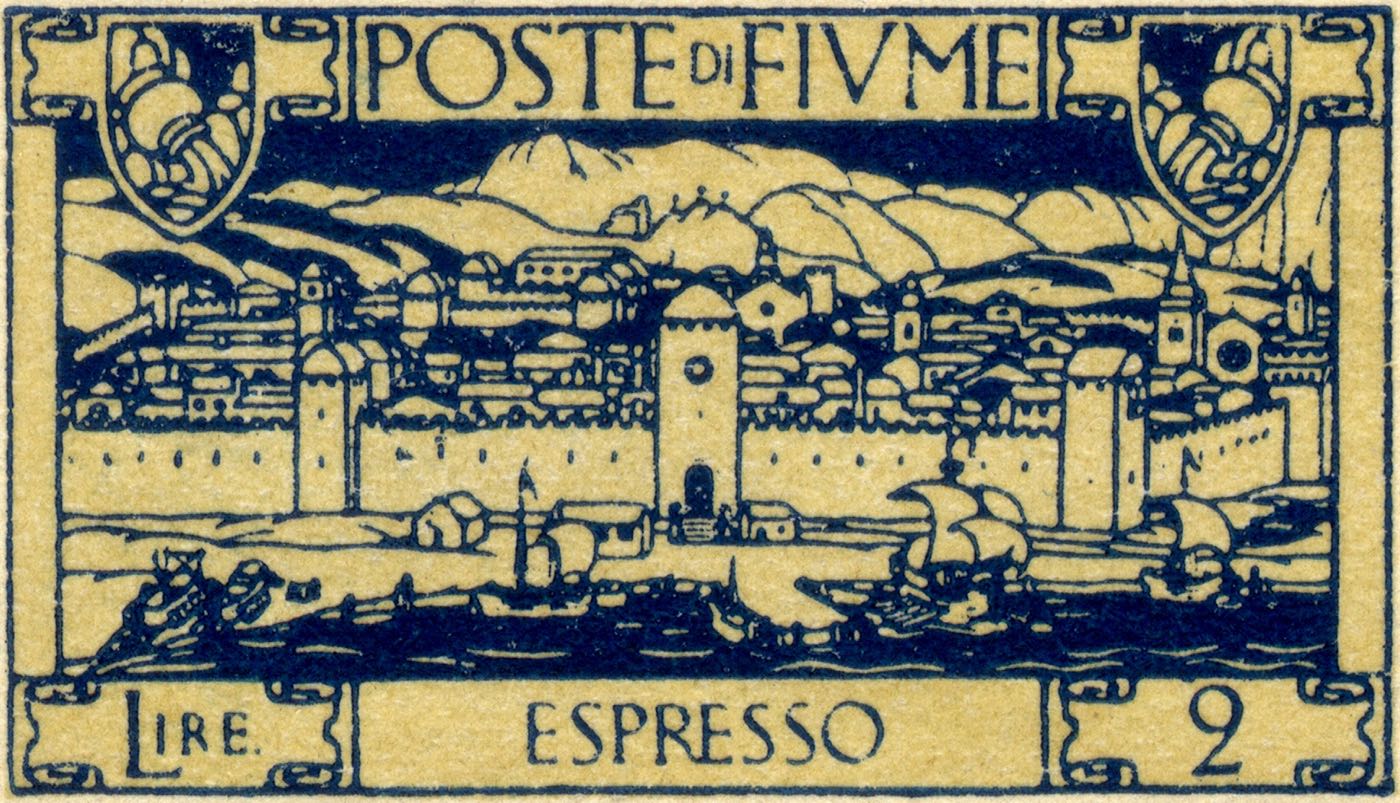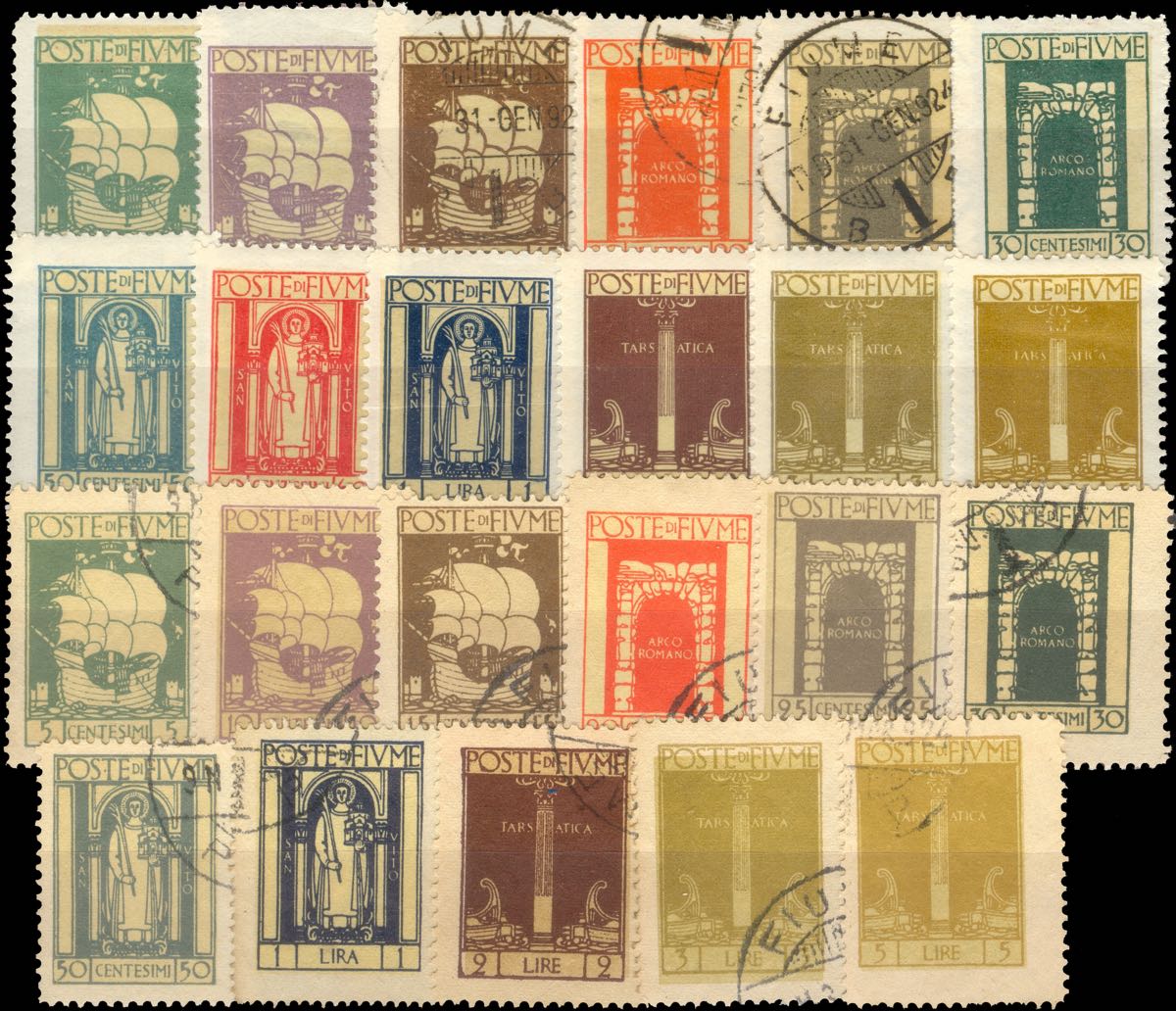The stamps of Rijeka were exceptionally often forged, due to rarity and great demand for stamps of the states formed after the collapse of the great empires. Pressured by philatelic and trade circles in Italy and Switzerland, the first forgeries were produced at the time of the first temporary issues. It’s important to bear in mind that the originality of a stamp or a postmark, or the age of a collection aren’t sufficient for an average originality evaluation. Many forged stamps have a signature overleaf or a hall-mark of former traders or even stamp examiners who, on purpose or by accident, marked forged stamps as genuine. The most frequent and known hall-mark on forgeries is PAPE and Petric. Every stamp has to be examined, because even the cheap values were forged, from the basic stamp to various overprints on them. The best method is comparison to genuine stamps. The biggest problems are the FIUME overprint forgeries on Hungarian stamps, and the easiest to recognize is the forgeries of ordinary and commemorative issues having neither the roughness nor the structure of the paper as on the original stamp, save the color and the print.
The elaborated samples and pictures on this site are only the most frequent forgeries, regularly found in auctions. Many professional traders and auction houses sell forgeries, convinced that the stamps are genuine. There are some very good forgeries of some of the rarer issues, so it is recommended to submit all expensive issues for examination by official examiners of Rijeka stamps.
Forgeries of ordinary and commemorative issues can be sorted in three groups of forgeries:
1. forgeries very similar to originals by print and paper, but with characteristic errors in drawings
2. forgeries on smooth, easily recognizable, mostly white paper with a photographic drawing transfer
3. forgeries on rough, easily recognizable, unfinished paper with a rather precise drawing transfer

